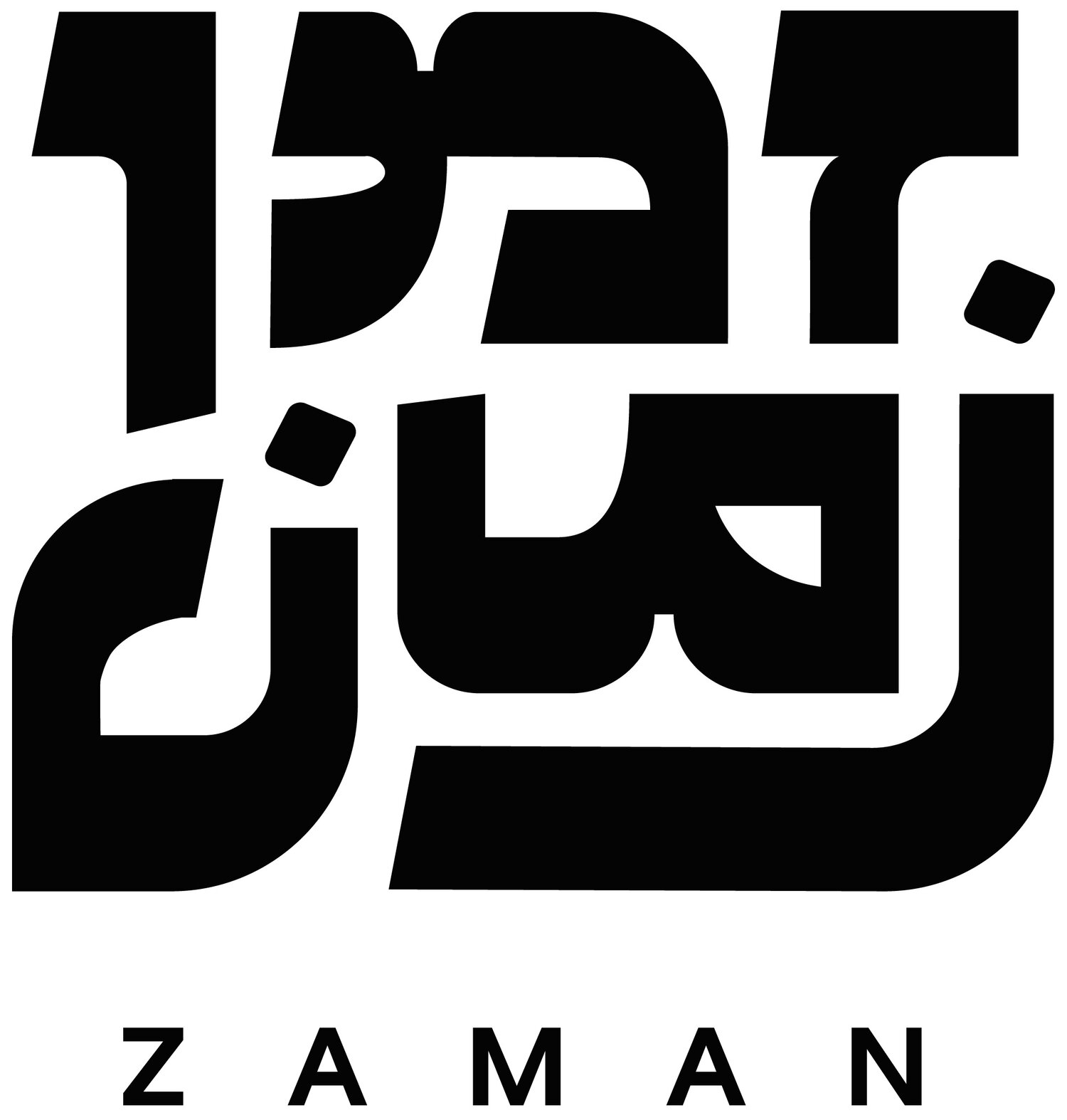
Pan-What?/The Political Legacy of Defining Ethnicity in the Middle East
The concept of ethnic identity has come to serve as a tool for rousing political or ideological fervor over time. The potential of such movements to foster unity is often just as strong as their potential to be weaponized, which is more than enough reason to analyze the effects of politicizing ethnic affiliations.

The Anthropologist’s Dilemma: Examining the Complexity of Middle-Eastern Ethnic Identities
In the United States Census, there is no specific category to define Middle-Easterners. Peoples belonging to a wide array of nationalities, cultures, and sub-ethnic identities all check the same box, labeled as “White (including people of Middle Eastern origin).” The census’ repeated failure to recognize the unique racial makeup of Middle-Eastern peoples sheds light on many truths and misconceptions regarding the issue of ethnic identity in the Middle East.

Focusing a New Lens on Mizrahiut
“What exactly are you trying to capture? Which community? There just isn’t such a thing as Mizrahi,” my interviewee told me shortly. He had a point; what on earth was I trying to document? When I asked my interviewees to point me toward what they considered to be Mizrahi, I was told repeatedly to “go to the periphery.”

Feature Article: An Account of Jewish Life in Prewar Damascus
Standing in the heart of the Damascus Jewish Quarter is the Ibn Maimon School. Today, save for a few offices, it is mostly empty, giving the impression of a Jewish neighborhood without Jews. But Syrian Jewish Community President Albert Cameo tells a different story—one of a small and proud group of people determined to hang on to their roots.

Feature Article: Ashkenormativity on College Campuses
“People don’t think of Jews as being brown or knowing Arabic or not knowing Yiddish or not having seen a bagel before they came here,” Wahba said. “That’s what it is – when Judaism is defined by European Jews or defined as European Jews.” Wahba was explaining ashkenormativity, a phrase used in Jewish popular culture to describe situations where Ashkenazi Judaism overrules or informs all Judaism.

Dissonance and Return: Middle Eastern Philosophy in Harmony
In the most elementary aspects of traditional music hailing from across Asia, the system of just 12 equally tempered (the same distance from each other) tones is rare. From Tuvan throat songs to classical Persian music to Gamelan music of Southeast Asia, semitones, notes lying in-between the core tenants of the 12-note scale, are widely applied.

Mizrahi Dialects and the Persistence of Collective Cultural Memory

The Spaces in My Togetherness

Gol-e Man / گل من
“Gol” (flower in Farsi) and “aroosak” (doll) are sweet terms, meant to express adoration and affection. They are supposed to be endearing, to show how wonderfully delicate someone is. Then why do they make me feel like a noun, an object, a thing to be looked at?
